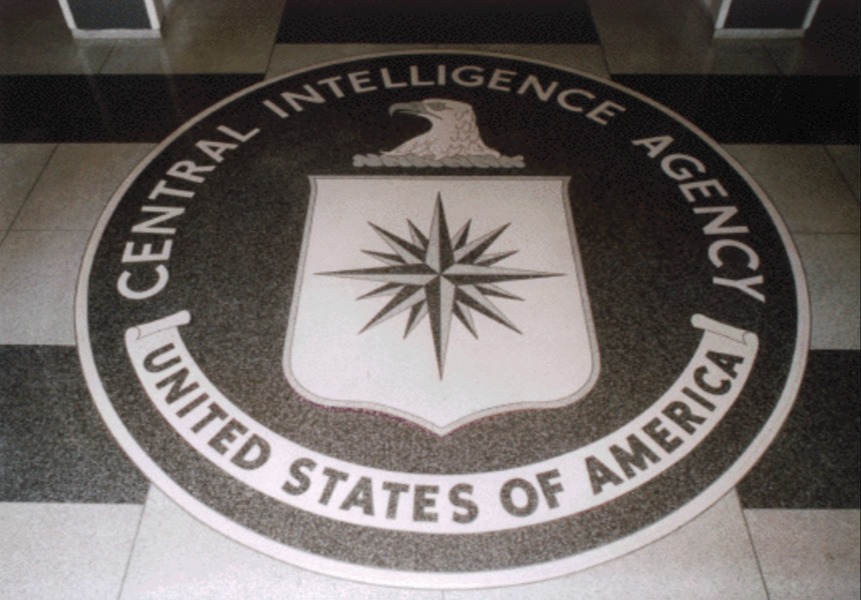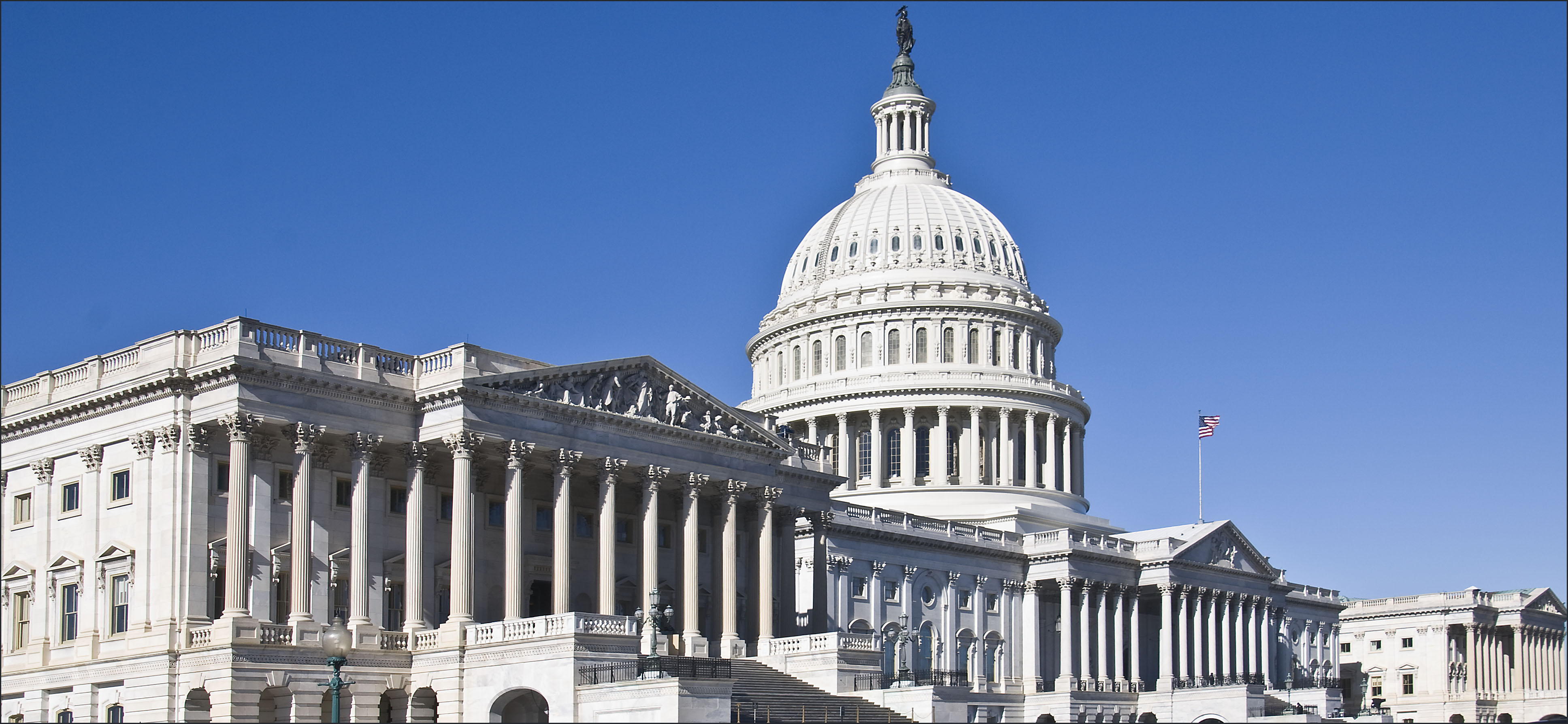Declassified FISA Court Orders Fill in History of NSA Warrantless Surveillance
Some key news from earlier in the week: The New York Times obtained two previously classified rulings of the Foreign Intelligence Surveillance Court (FISC) from May and August 2007. Authored by Judge Roger Vinson (a district court judge who has since left the FISC), the pair were handed to the Times in response to a FOIA lawsuit.
Published by The Lawfare Institute
in Cooperation With

Some key news from earlier in the week: The New York Times obtained two previously classified rulings of the Foreign Intelligence Surveillance Court (FISC) from May and August 2007. Authored by Judge Roger Vinson (a district court judge who has since left the FISC), the pair were handed to the Times in response to a FOIA lawsuit. The Times' Charlie Savage, who reported Monday on the contents of the documents, focused on the moves the FISC made in order to justify and approve of the NSA’s warrantless surveillance program of foreigners.
The material is largely historical. Judge Vinson's opinions are now essentially outdated and redundant, made so by enactment of the 2007 Protect America Act---which gave congressional sanction to the NSA activities in question. Nevertheless, the May and August rulings still provide a better understanding of the evolution of the legality of the NSA's collection, within the United States, of foreigners' communications. More interesting, perhaps, is that the rulings suggest divisions among the judges of the FISC: In the August 2007 order, Judge Vinson calls out---by name--his colleagues on the Court, challenging their legal analysis. Of course we knew already from earlier documents that Judge Vinson was no stranger to disagreement during his tenure on the surveillance court. But the new documents reveal that Judge Vinson was not only willing to criticize his fellow judges. He also was willing to adjust his own prior legal analysis, in order to validate warrantless NSA surveillance of foreign nationals. I note this shift, and other features of the May and August orders, below.
The May Order
The first of Judge Vinson's rulings sprang from a new legal theory proposed by the government. It would allow the NSA to initiate surveillance of phone numbers and e-mail addresses discovered after the FISA Court signed off on an original list, and report the later-discovered contacts afterwards. On May 24, 2007 the government filed an application with the FISC outlining the idea and requesting permission to proceed accordingly. The NSA's then-Director, General Keith Alexander, attached a Supplemental Declaration to the application.
On May 31, 2007, Judge Vinson granted the government’s application. In his order, Judge Vinson broadly agrees with the government’s new legal approach, and argues that authority for the power to monitor communications without prior FISC approval falls under 50 U.S.C. § 1805---the USA PATRIOT ACT's provision for "roving" wiretaps. Judge Vinson asserts that “the intent of Congress … was to authorize multipoint or 'roving' surveillance of a target that is actively avoiding surveillance,” and to ensure that there is judicial oversight of that surveillance. He acknowledges that this is a different and new interpretation for the FISC---prior opinions had relied on different legal authority---but argues that there is a compelling national security interest at play.
Judge Vinson holds (emphasis added):
Therefore, in accordance with 50 U.S.C. § 1805(c)(1)(B) and § 1805(c)(3), the United States is authorized to conduct electronic surveillance of any other telephone numbers or email [REDACTED] the nature of location of which are not specified herein because they were unknown to the NSA as of May 24, 2007 (the date the application was filed), where there is probable cause to believe that each additional telephone number e-mail [REDACTED] is being used, or is about to be used[.]The NSA now also was permitted to acquire “certain electronic communication that relate to or refer to an email … that is targeted for surveillance under this order.” That is to say, if an email user (targeted or no) sends a communication to a non-targeted e-mail user, but in that communication mentions a targeted e-mail, the NSA then has the authority to begin to target communications from sender or receipient. But, as with the other newly approved procedures, the NSA must “further examine” the new target to establish probable cause and seek approval from the FISC. The order establishes a timeline for reviewing lists of new contacts being monitoring without prior approval: The NSA is to submit a report to the Court “on a weekly basis” for the Court to ultimately decide “whether the electronic surveillance was proper." This new system does not replace the emergency FISA applications pursuant to 50 U.S.C. § 1805(f), but the order does approve a new “streamlined” form proposed by the government (the form was not among the declassified documents). All this marked a quite stark departure from Judge Vinson’s prior order, issued just weeks before: There he had touted the importance of pre-surveillance judicial review, arguing that it existed to "protect the fourth amendment rights of U.S. persons" and to provide an "external check on executive branch decisions to conduct surveillance." Elsewhere, the May order also authorizes NSA surveillance of other internet communications---but the details are sketchy, as the bulk of the relevant section is redacted. From what we can tell, the FISC 's approval process for these communications broadly mirrors that outlined above; unlike it, though, NSA here has sixty days “after the day on which surveillance begins” to report back to the FISC, as opposed to presenting weekly reports to the court. (It seems the FISC expected the surveillance authorized in this portion of the order to be more limited and less frequent.) The order also allows for the NSA to “disseminate all communications acquired to the CIA, which shall process any such communications with minimization procedures approved by [the] Court.” The order also addresses other reforms to internal NSA minimization procedures regarding the use of collected information. The August Order In a second and much shorter order, dated August 2 2007, Judge Vinson revisits his May 2007 stance on the issue of warrantless surveillance without prior FISC approval. In the August order, he defends and clarifies his previous interpretation, explaining that the surveillance of new numbers and addresses must be supported by probable cause. He concedes the the legal interpretation found in the May order is "novel" but claims it is also necessary to respond to the "complex" requirements of the NSA. The point of the May order, Judge Vinson continues, was to allow the NSA to monitor new email addresses and phone numbers as they come up in relation to other surveillance targets that have already been approved by the FISC, saving the agency time and avoiding bureaucratic hoops. Judge Vinson is clear that the May order does not allow the “strategic withholding from pre-surveillance judicial review of facilities that were already intended to be subjected to the FISA surveillance at the time [an] application was submitted.” The August 2007 order serves as more than just a clarification. It also responds to a motion put forward by the government, requesting that the May 2007 criteria for "later-identified" contacts be extended to include those in connection with contacts that were approved before May 24, 2007 (the date of the government application for the May order). Judge Vinson denies this, as the proposal might allow for the "strategic withholding" of contacts or facilities from initial FISA Court review, saving them instead for an after-the-fact review. In those situations, even if the FISC were to rule that there was not enough probable cause to justify that surveillance, the government would at least have had 21 days to monitor the contact. Though Judge Vinson has "no reason to believe that the government has engaged, or would engage, in this practice" he must nevertheless prevent its eventuality. The order, therefore, only allows for the delayed FISC approval of contacts under surveillance so long as they are in connection with contacts whose "probable cause assessment was completed after May 24, 2007." We may be able to better understand Judge Vinson’s seemingly back-and-forth analysis when he hints at his underlying reasoning in the August 2007 order: “it is appropriate to grant the government as much latitude in initiating surveillance as the statute can reasonable be construed to permit.” Ultimately, the Protect America Act, enacted days after Judge Vinson's August 2007 order, rendered both orders superfluous, as it amended FISA to allow the NSA to target foreign communications without a warrant. [This post has been updated.]
Clara Spera is a 3L at Harvard Law School. She previously worked as a national security research intern at the Brookings Institution. She graduated with an M.Phil from the University of Cambridge in 2014, and with a B.A. from the University of Chicago in 2012.


_-_flickr_-_the_central_intelligence_agency_(2).jpeg?sfvrsn=c1fa09a8_5)


